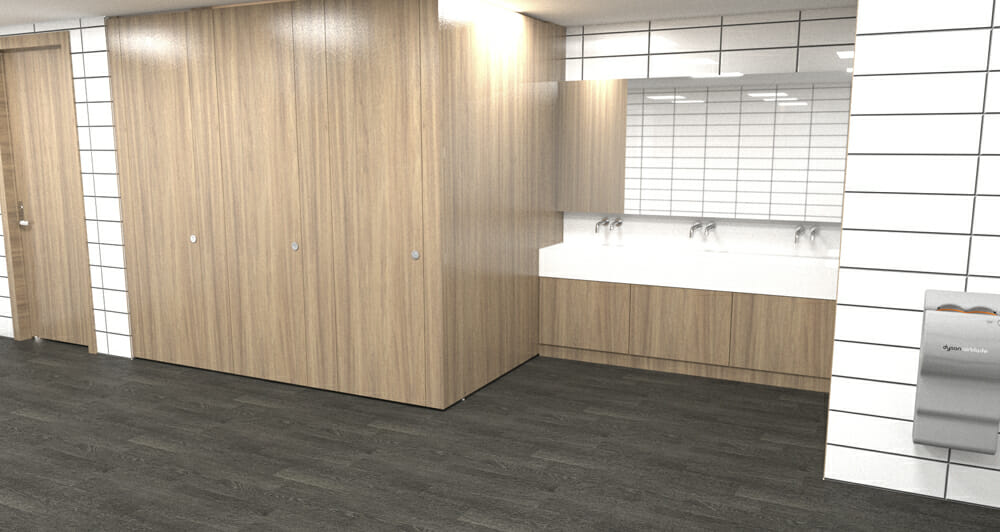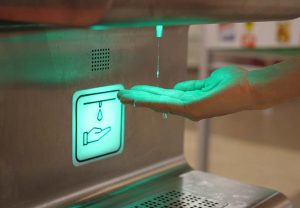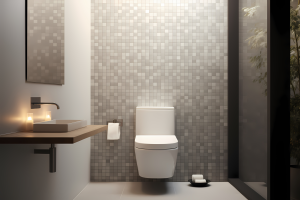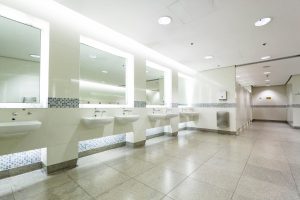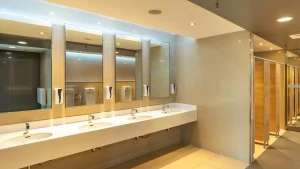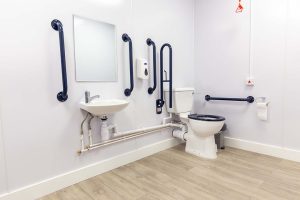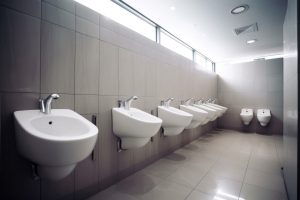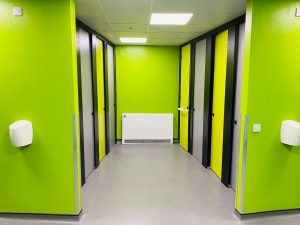Public washrooms should be designed with accessibility in mind to ensure that everyone, regardless of physical ability, can use them with ease. At Ask Washrooms, we recognise the importance of creating inclusive spaces that cater to a wide range of needs.
Many public washrooms still face barriers for those with mobility issues, sight impairments, or other disabilities, making everyday tasks challenging.
Improving accessibility not only benefits individuals but also creates a more welcoming and inclusive environment for all. By addressing key design issues and incorporating the latest solutions, public washrooms can become spaces that truly meet the needs of every user.
Design Features for Accessibility
To make washrooms accessible for all, the physical washroom design of the space must be considered from the outset. Wide doorways and clear access paths are essential for wheelchair users and those with mobility aids.
These elements prevent bottlenecks and make entering and exiting the washroom easier. Additionally, the layout should allow for adequate manoeuvring space, ensuring that users can comfortably navigate the facilities.
Adjustable-height sinks and hand dryers are another key feature that ensures accessibility. By allowing users to adjust these fixtures, those with varying physical capabilities can use them comfortably.
Furthermore, slip-resistant flooring is crucial for preventing accidents, especially for individuals who may struggle with balance or coordination.

Inclusive Facilities
Providing gender-neutral and family washrooms is another way to make public spaces more inclusive. These facilities cater to individuals with children, carers, and those who may not feel comfortable using gender-specific toilets.
At Ask Washrooms, we are committed to offering customisable solutions that meet the diverse needs of users.
Accessible toilet cubicles should also be prioritised, equipped with grab rails, emergency alarms, and sufficient space for carers if necessary.
These features are not only practical but essential for ensuring the safety and independence of users who need additional support.
Technological Solutions
Incorporating technology into public washrooms can greatly enhance accessibility.
Touch-free fixtures such as taps, soap dispensers, and flush systems reduce the need for physical contact, making the washroom experience more convenient for individuals with mobility issues or those concerned with hygiene.
These systems also reduce the spread of germs, contributing to a cleaner environment.
Smart washroom systems can further improve the accessibility of these spaces. Features like automated doors, occupancy indicators, and voice-activated systems make the facilities easier to use for individuals with disabilities, especially for those with limited vision or dexterity.

Compliance with British Standards
Ensuring that public washrooms are designed following British Standards is a vital step in improving accessibility.
These regulations set out specific guidelines for washroom design, including the required dimensions of accessible toilet cubicles and the placement of fixtures like sinks and handrails.
At Ask Washrooms, we are well-versed in these standards and ensure that all of our projects comply with them.
Compliance is not just about meeting legal requirements; it’s about ensuring that public spaces are truly accessible to everyone.
By adhering to these guidelines, we help create washrooms that are both functional and inclusive, contributing to a more equitable society.
Conclusion
Improving accessibility in public washrooms is not just about meeting regulations; it’s about creating spaces that cater to everyone’s needs.
By focusing on thoughtful design, incorporating inclusive facilities, and leveraging modern technology, public washrooms can become more accessible and user-friendly.
At Ask Washrooms, we are dedicated to ensuring that the spaces we create offer comfort, safety, and convenience for all users.
With continued commitment to accessibility, public washrooms will evolve to be more welcoming and inclusive, helping to eliminate the barriers faced by individuals with disabilities.
Get in touch today if you need a new washroom for your business. We are more than happy to help and we look forward to hearing from you.
